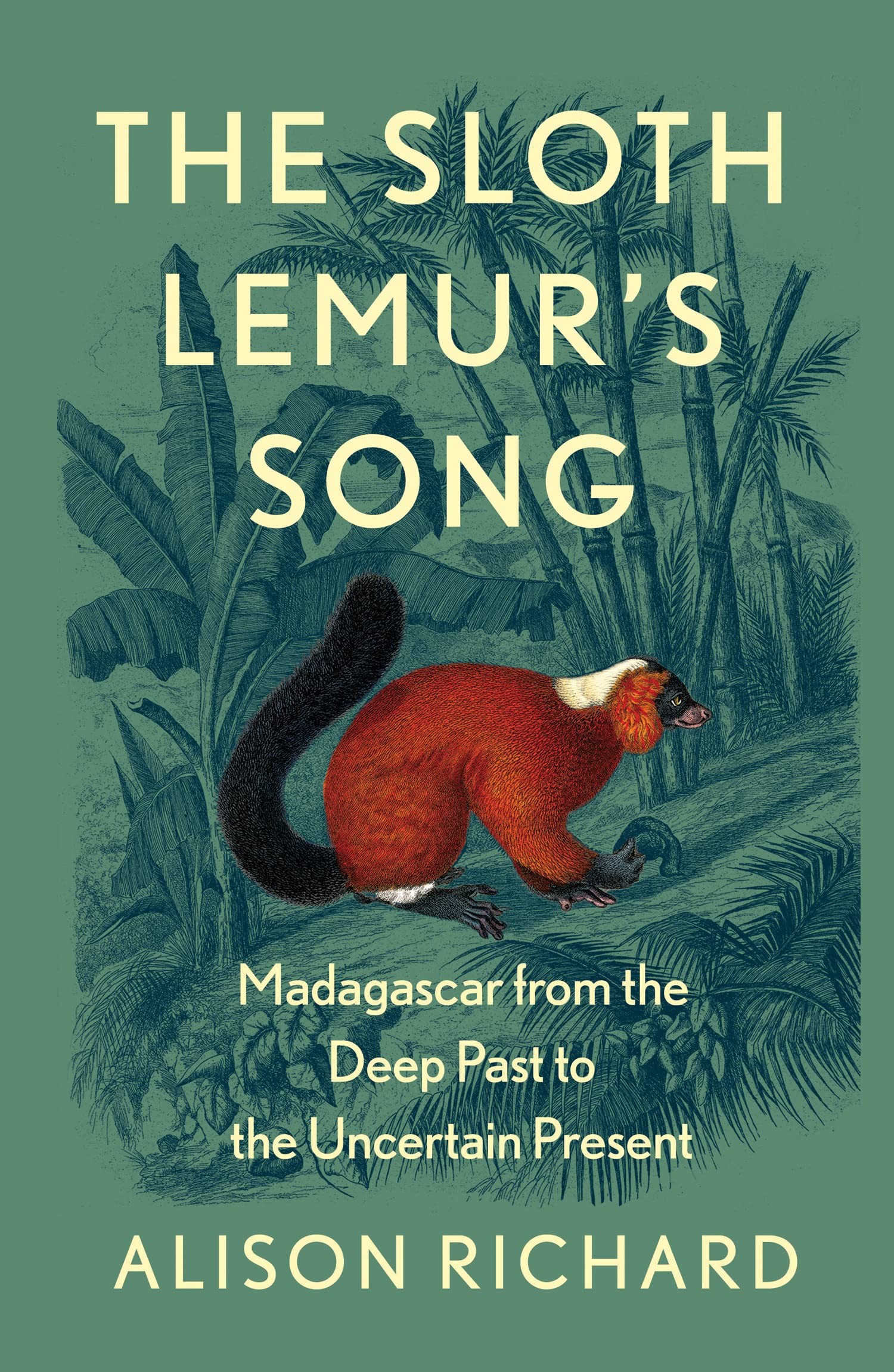
Subtitled 'Madagascar from the Deep Past to the Uncertain Future' this is a fascinating overview of the natural history of Madagascar and the relationship that humans have had with nature since first arriving on the island (the first evidence of human habitation dates to around 10,000 years ago).
Alison Richard has been involved in research and conservation in Madagascar for fifty years and brings a vast amount of knowledge and experience to the book.
We are guided through the history of Madagascar from the fascinating early animals that have left their fossils here to the current day, where the island is one of the poorest countries in the world and is losing large amounts of its precious rainforests, which are home to a vast array of wildlife found nowhere else, including the around 100 species of the iconic lemurs. Much of the forest loss in Madagascar is due to very poor people having little choice but to clear trees for their farmland.
Richards makes the important point that a large part of Madagascar has always been grassland and large areas of open space in the country don't all represent areas of destroyed forest. Yet her insistence on this almost undermines her presentation of the actual devastation of the forests.
A very short chapter, which I felt should have been longer, is dedicated to the fact that some communities are protecting their local forests and wetlands. The chapter gives three brief case studies, including the work being done to protect the areas around the lakes in the west of the island, where Madagascar Fish Eagles are now increasing due to conservation measures that also offer local villagers a sustainable future fishing the lake.
This is a fascinating book, though at times I did find the writing style awkward. I also expected more lemurs.
The Sloth Lemur's Song by Alison Richard, published (2022) by Harper Collins.
**
Just published today, is this post from the Nature Briefs Substack, about the trade in lemur meat.
You may also be interested in this recent article about Madagascar's lemurs.
**
My latest Substack post went live yesterday, you can read it here.
1 comment:
Many thanks for sharing and highlighting this book.
All the best Jan
Post a Comment